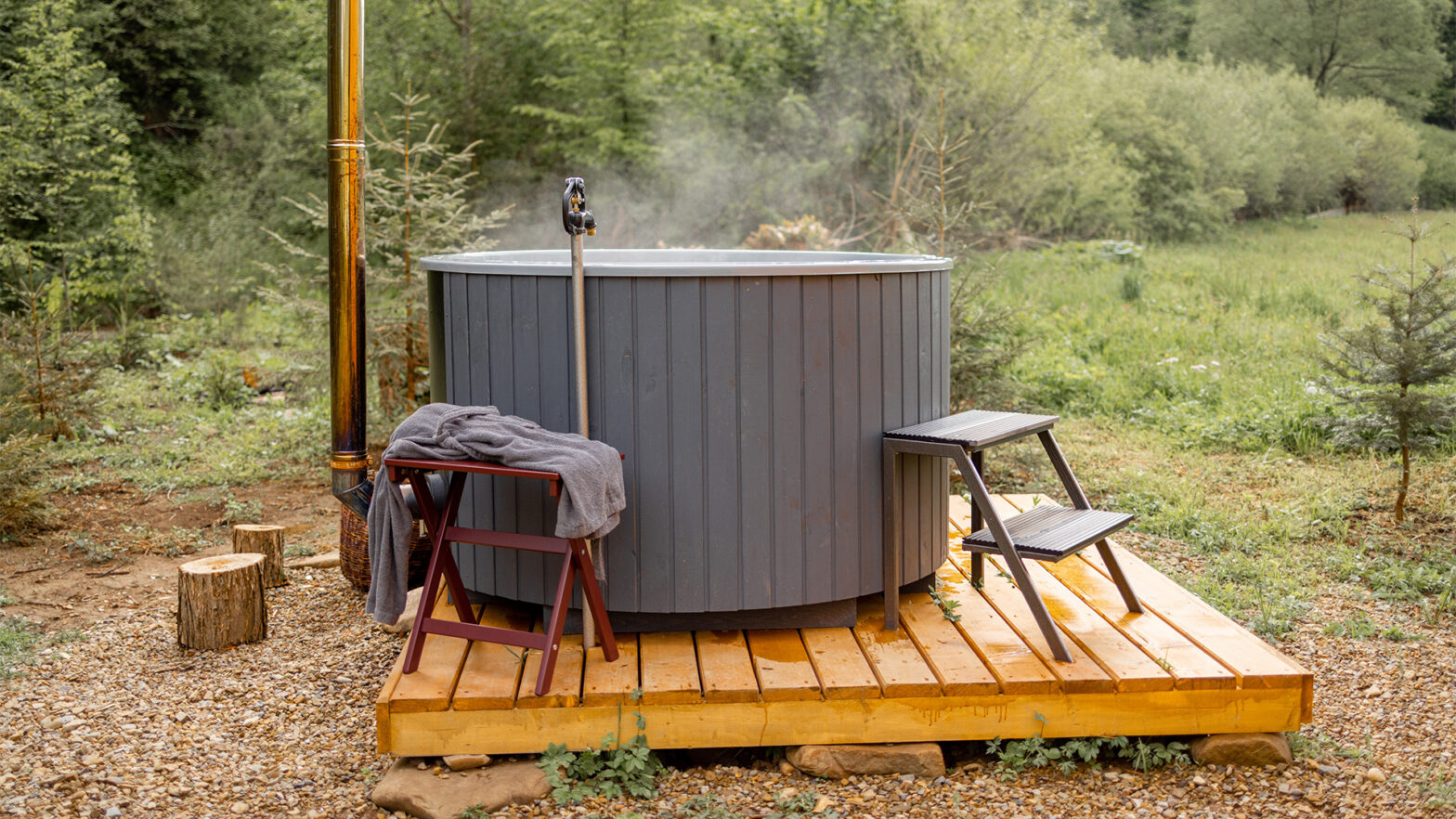Assisted living facilities assist older adults who need help with various daily life aspects but can function well independently. They offer meals, medication management, ordering and administration, self-care, fall and mobility risk assistance, laundry, gardening, housekeeping, and other home maintenance activities. When choosing an assisted living community, it\’s critical to ensure they can meet your loved one\’s medical needs, budget, and community standards.
Considering the many facilities out there, picking one might be challenging. Talking to older adults before beginning your search helps you understand their preferences. Discussed below are seven factors to consider when selecting an assisted living facility.
Services
Assisted living residents usually require help with a few daily living activities, including walking, bathing, and dressing but may not need constant nursing care. While some facilities provide housekeeping, dining, medication management support, and wellness and exercise programs, others offer tailored services depending on specific health requirements, including Alzheimer\’s disease, dementia, and Parkinson\’s disease. Find out if potential assisted living communities such as Longhouse provide specialized care for seniors with unique conditions.
Most facilities offer healthcare services like dietary support, pharmacist, and occupational, speech, and physical therapy. Others may also provide hospice care, social work, and mental health counseling services. Consider picking a facility that invests in programs to improve the seniors’ quality of life, including community outings, pet and art therapy, piano, and computer lounges.
Location
Location is critical when choosing an assisted living facility for your loved one. This may depend on their preference. Most seniors wish to remain in communities where they live, close to familiar surroundings, or in proximity to their loved ones. This also ensures that family members can visit them regularly.
Staff-resident ratio
The staff-resident ratio is essential in assisted living because it determines the quality of care your loved one receives. It determines how many staff are available for every member of the assisted living community. Most communities have their ratios online, so look for them before committing to a particular community. The staff-resident ratio is crucial because your loved one might not get quality care in an understaffed community. Choosing a community with more staff means seniors with special needs will get the attention they require, ensuring their safety and prompt care in a medical emergency.
Size
According to the National Centre for Assisted Living (NCAL), the average size of an assisted living facility is 33 licensed beds. Facilities vary greatly in size, from small facilities to extra-large ones. Depending on your state, the NCAL website will provide you with all the details you may need. Bear in mind that the facility\’s size may also affect the services offered. Bigger assisted living facilities have many amenities, including entertainment and swimming pools. They may also provide specialized care units.
Cost
Cost is a key consideration when deciding on the facility to choose. Your budget dictates the room size your loved one will get, including whether it\’s a shared or private one. It also determines the kind of facility you can afford plus the services the resident can enjoy. If Medicaid covers your loved one, their options are more limited than those who can access other payment needs such as long-term care insurance, personal savings, veteran benefits, home equity life insurance, or other resources.
Facilities may also vary based on how you pay for them. Some may need monthly rent, an upfront cost, or follow other payment systems. Shortlist the facilities you can afford, then narrow down your choices based on other critical criteria.
The Facility’s Culture
When choosing an assisted living community, consider one that offers a lot of social outings and responsibilities to the residents. Your elderly loved ones should make meaningful relationships with other residents and staff. Consider picking communities that offer social meal times coupled with fun events, opportunities to relax with others, and outdoor gazebos, picnic tables, or benches for close discussions in good weather. Upon picking potential assisted facilities, touring them in person gives you an idea of what to expect, get a feeling of how your loved one will live, and meet the staff.
Accreditation and staff member training
Choose a facility whose team is trained, certified and has the knowledge and compassion to care for the elderly. Consider assisted living communities whose staff continuously improve their training to ensure your loved one’s care.
Endnote
Assisted living communities help seniors with their daily living activities. Consider these factors when selecting an assisted living facility.

















